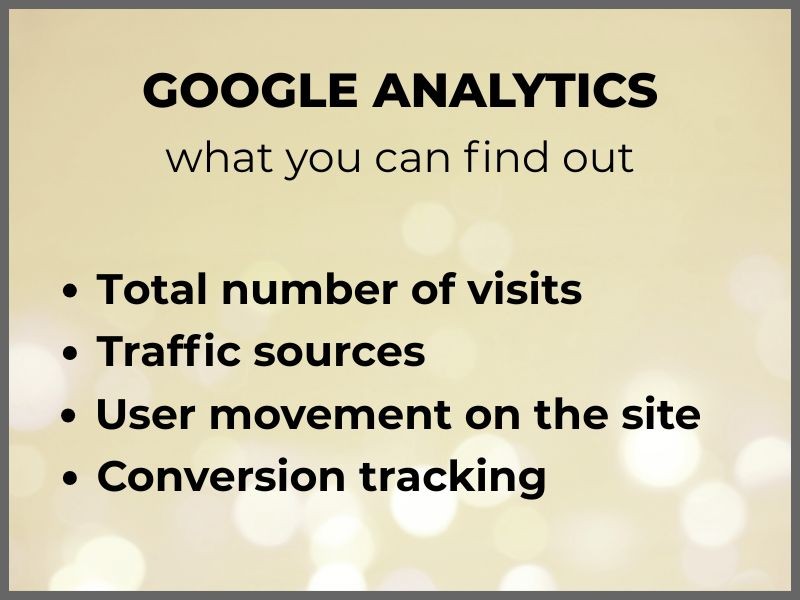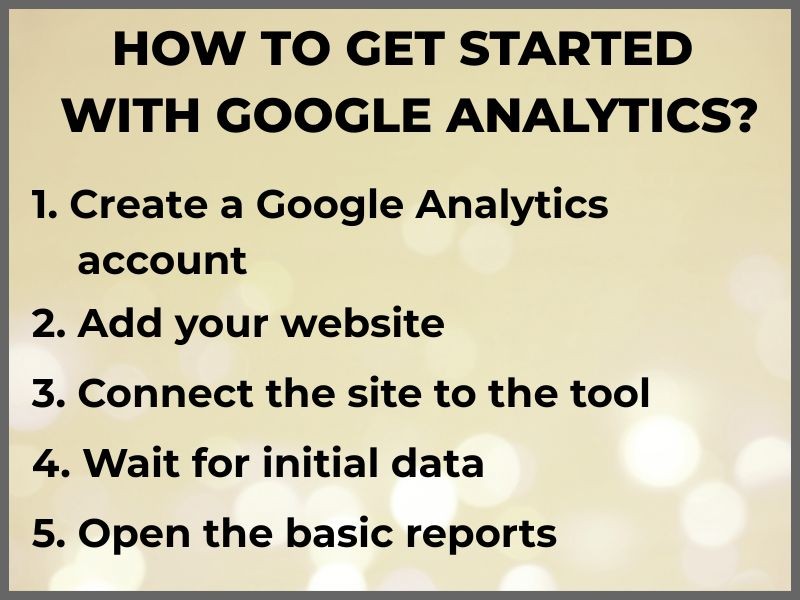
Don’t know who’s visiting your website? And where did all those clicks and inquiries you expected disappear to? If you’ve ever invested in a website, ads, or social media, it’s time to find out what’s really happening behind the scenes. Google Analytics tells you exactly who, how, and why someone comes to your site - and why they leave. In this guide, we show how to use Google Analytics without stress or panic.
Don't know who your website visitors are? You’re not alone. If you run a small business or trade, you’ve probably asked yourself more than once:
...especially if you’ve invested in building a website, are paying for ads, and are trying to stay active online.
There are specific answers to all these questions. And they come from a completely free tool - Google Analytics.

Google Analytics doesn’t give opinions or make assumptions. It gives exact numbers and data about the behavior of people who visit your site.
Here’s what you can find out:

Even if you’ve never used Google Analytics, it’s not a problem. The steps are simple and don’t require too much technical knowledge.
Here’s what you need to do:
1. Create a Google Analytics account
Visit analytics.google.com and sign in with your Google account. If you don’t have one yet, you’ll need to create it first (e.g., Gmail).
2. Add your website
After logging in, Google Analytics will guide you through the process of setting up a so-called "property" - that’s the technical term for your website within the tool. Just enter the website name, URL, and choose a few basic settings.
3. Connect the site to the tool
This is the only step where you might need help from a web developer or digital marketing agency, as you need to insert a tracking code (a small piece of code Google uses to monitor traffic). If you’re using systems like WordPress, Wix, or Shopify - there’s often a simple option to connect without manual coding.
4. Wait for initial data
After the connection is set up, you’ll need to wait 24-48 hours for the first visitor data to appear.
5. Open the basic reports
In the Google Analytics interface, you’ll find menus with reports such as:
To begin with, it’s enough to check the reports a few times a month to get a feel for what’s happening on your site.

GA4 is the version of Google Analytics that officially replaced the old Universal Analytics in 2023.
GA4 is different because it tracks users, not just pages - it looks at what a user does throughout the entire "visit" to your site, not just which pages they open.
Who should use GA4?
Everyone. If you have a website, you’ve already been moved to GA4 - or you should have been. Old data from Universal Analytics is no longer tracked.

...because guessing is expensive. Numbers are free.
When you know what works and what doesn’t - you can make better decisions:
The point of using Google Analytics is to get accurate information that helps you improve your website, and therefore the user experience for your visitors.
If Google Analytics feels like just another tool you don’t have time for - that’s understandable.
Zona Plus, our digital marketing agency, helps small businesses with everything, including understanding their own results. And of course, we’re here for you if you want to know:
Don’t guess if the data is available - track what’s really happening on your site.
Have a question or want help with Google Analytics? Contact us.
Sign up for our newsletter for practical tips that save time and budget.